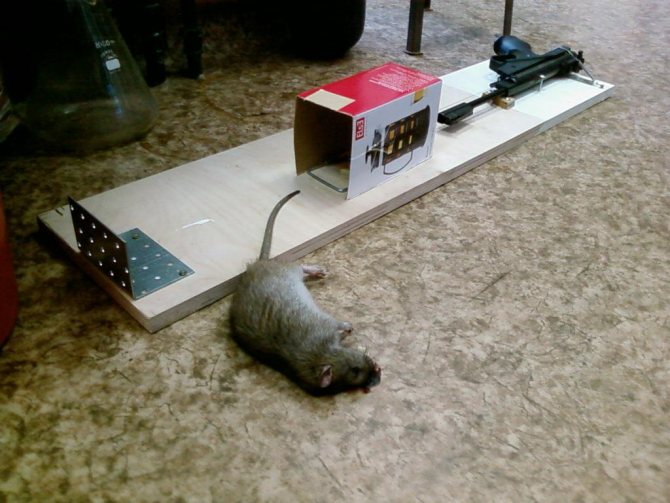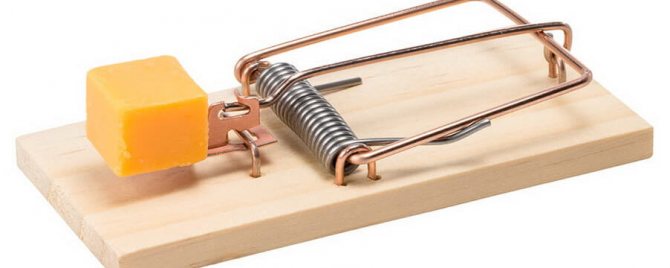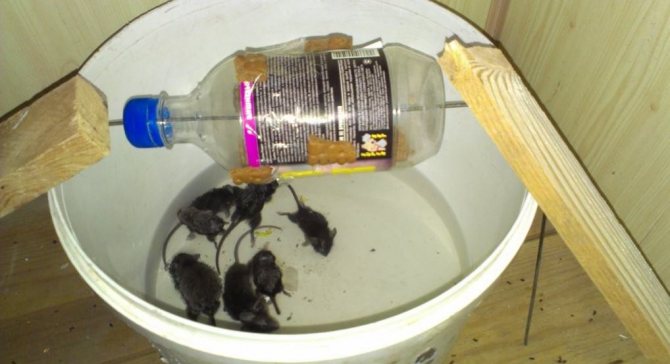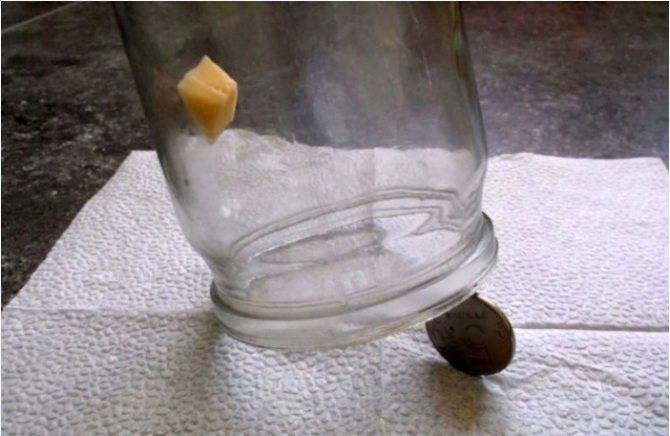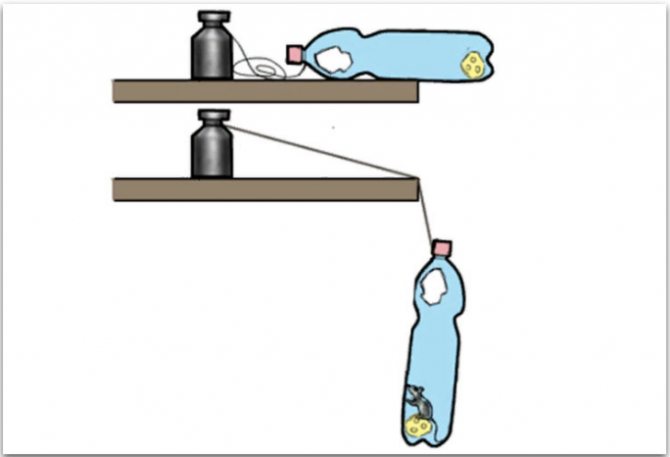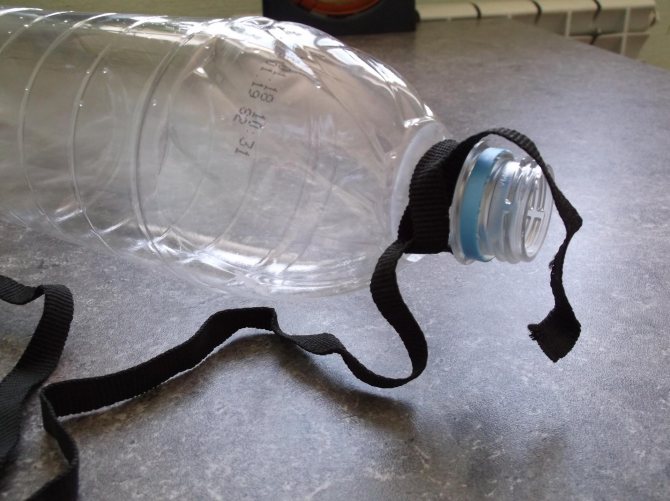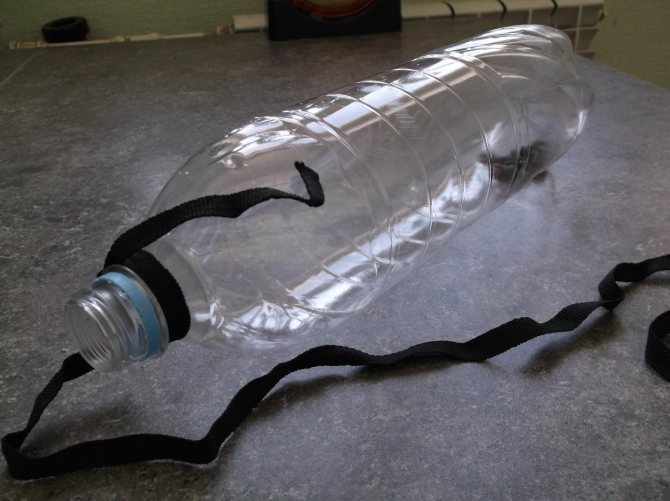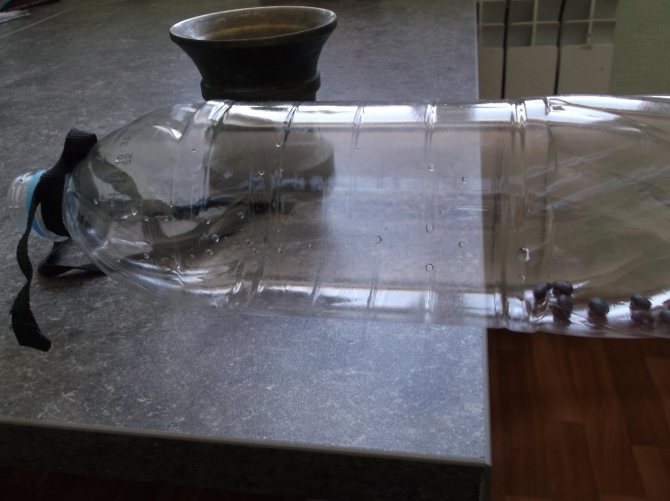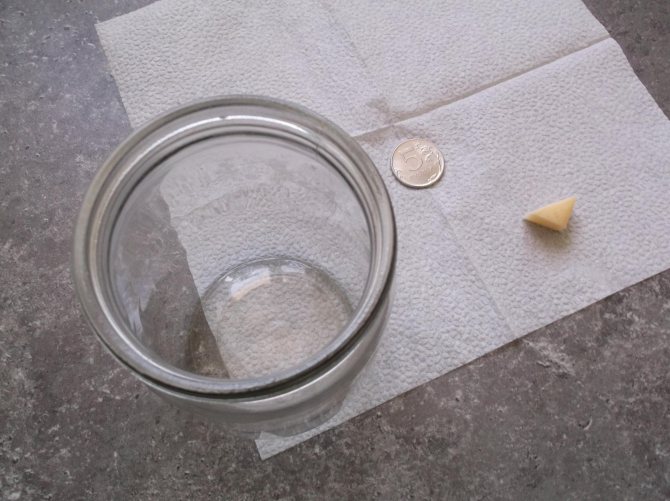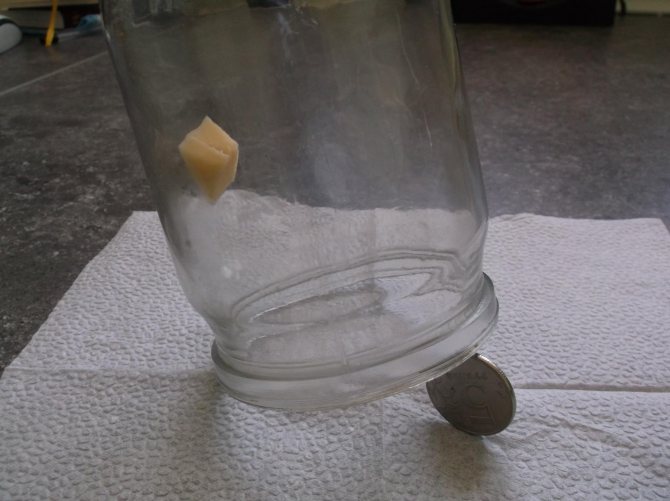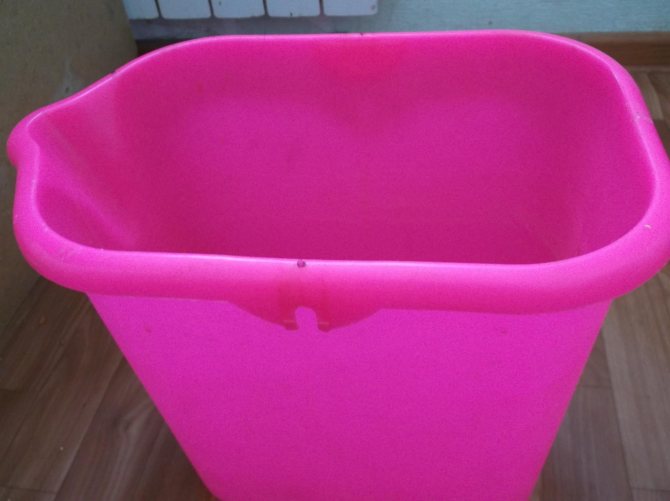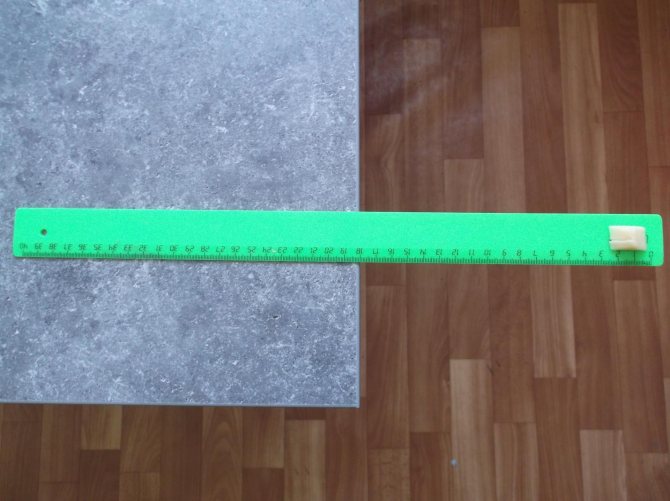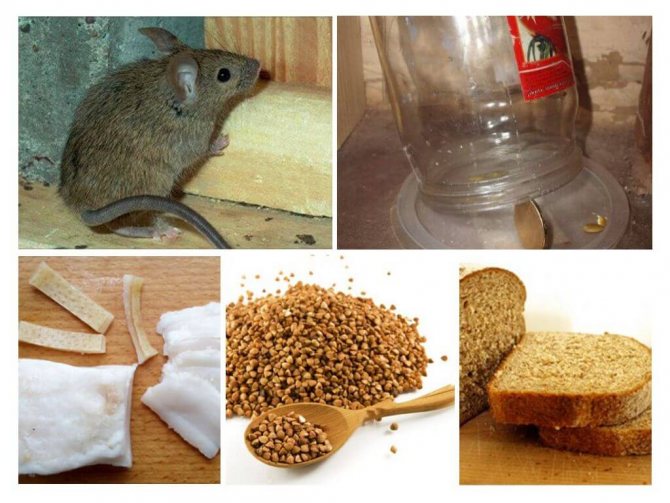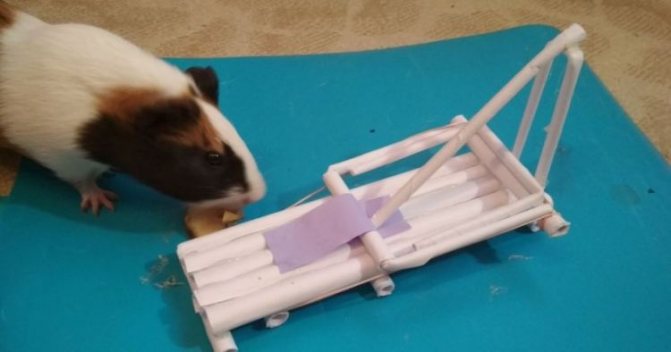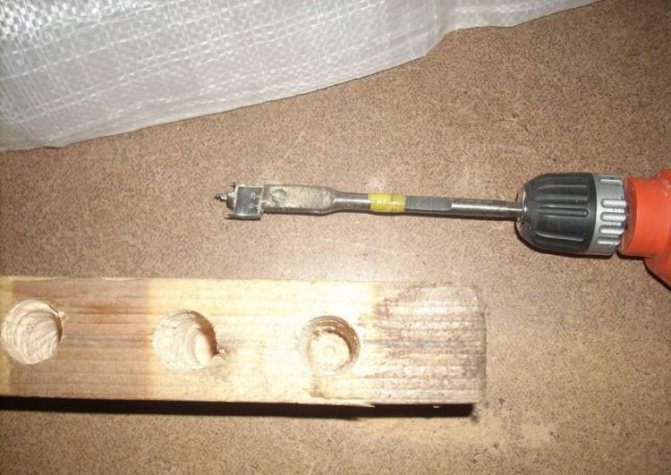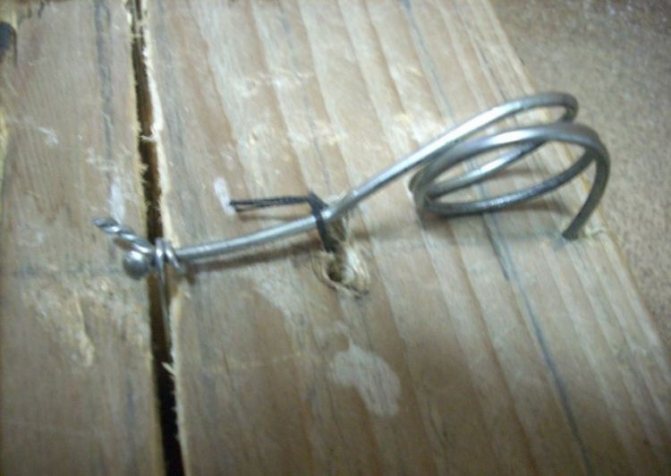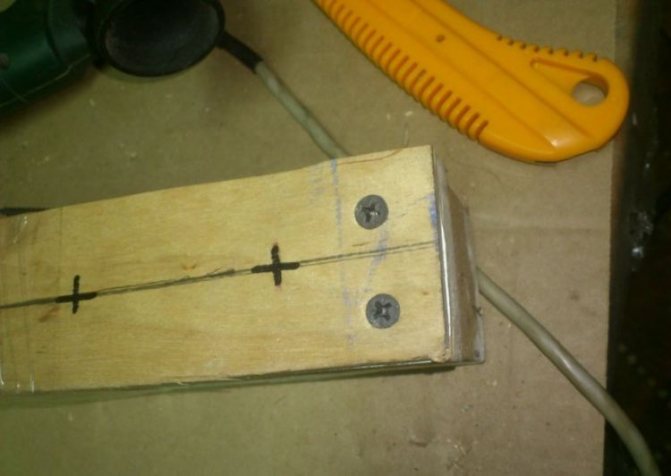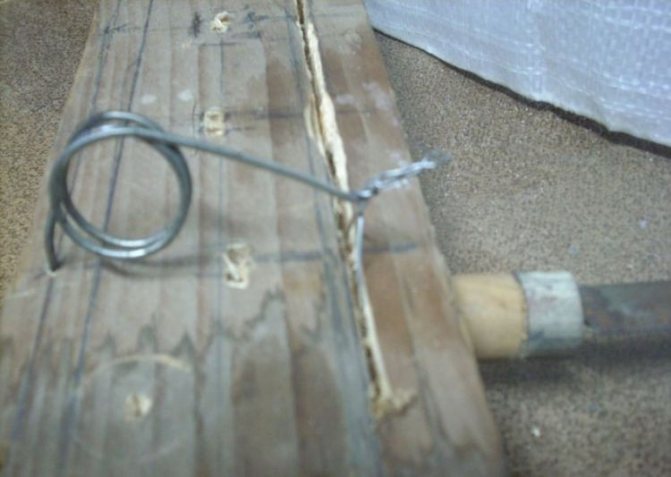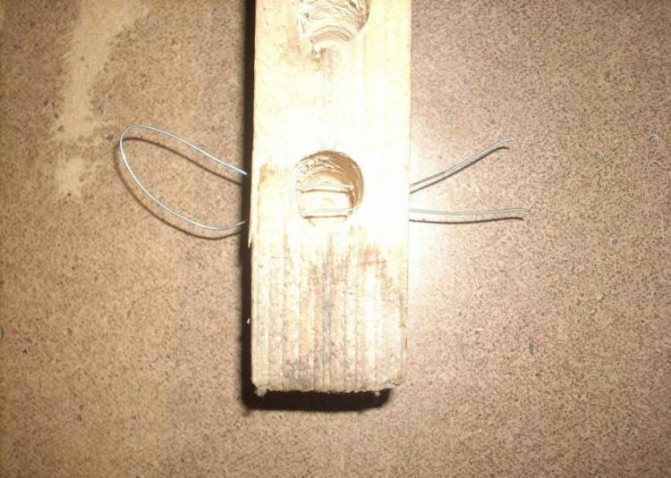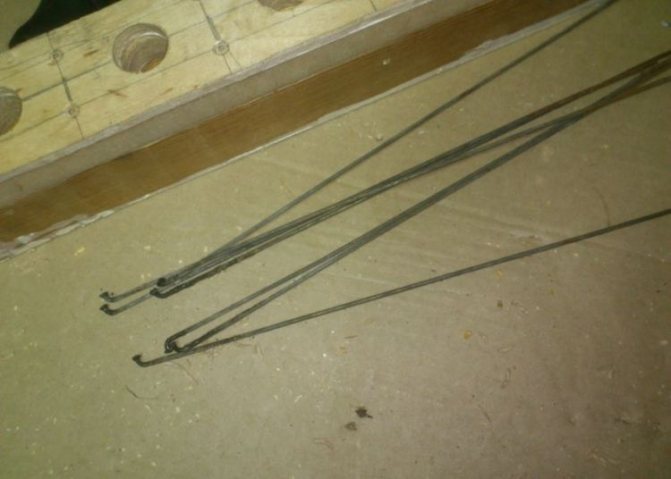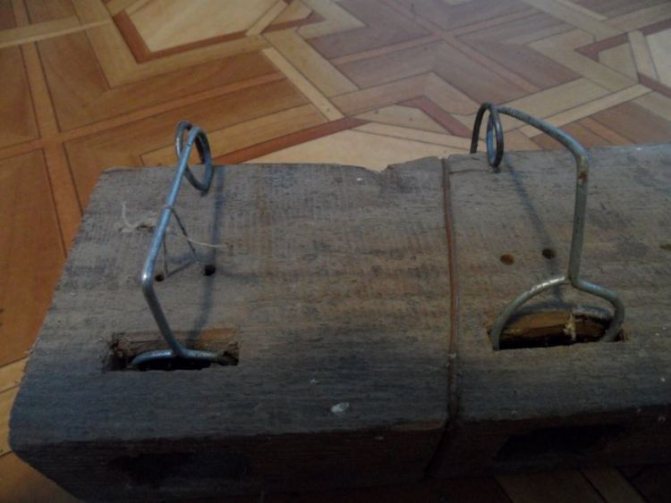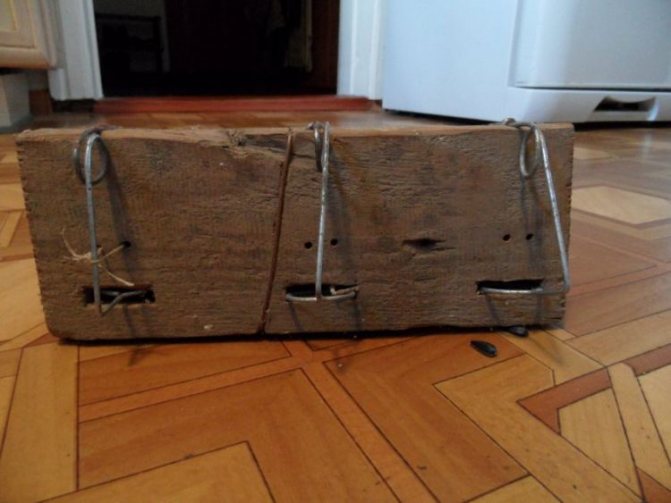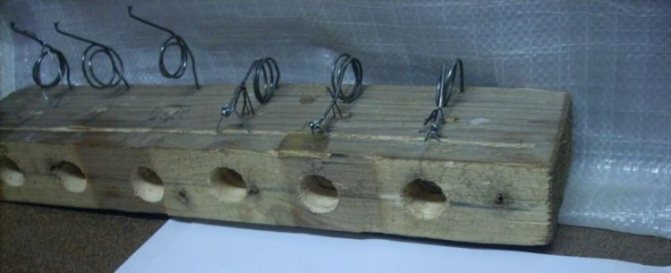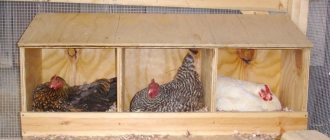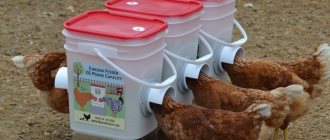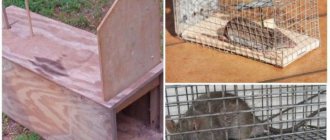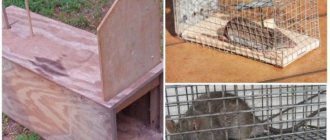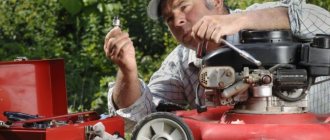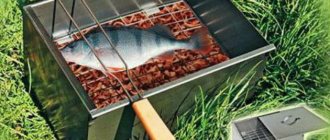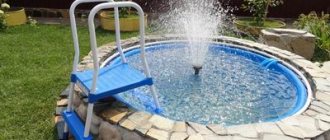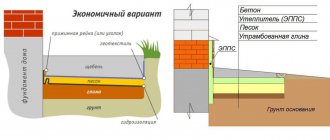Today, there are enough tools to rid ourselves of mice and other pests that live in rural areas. These rodents often annoy the inhabitants of villages and summer cottages.
For significant cost savings, try your hand at making a do-it-yourself trap for them from materials that are always at hand at home.
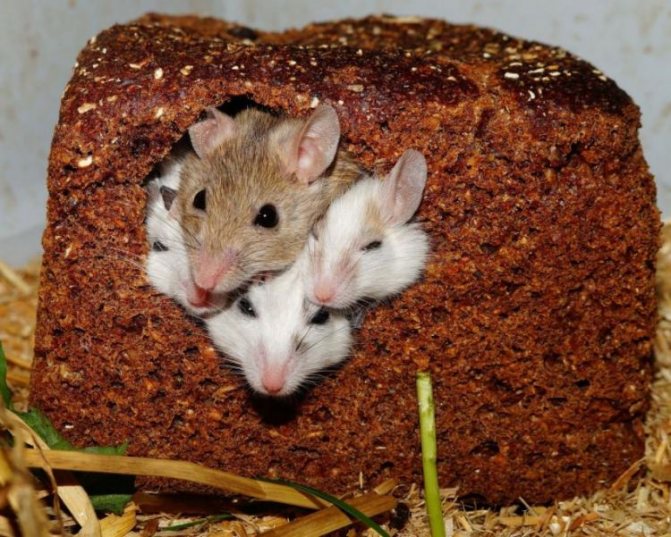
If you have difficulty reading the instructions on this process, you can watch a video on how to make a mousetrap, where the entire production process will be described and shown in detail.
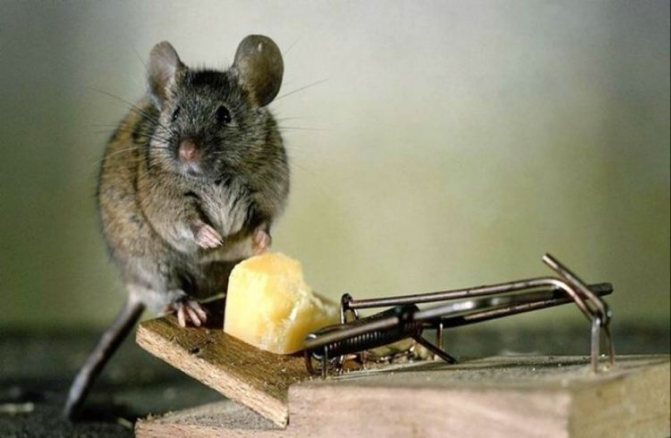

How to catch a mouse in an apartment
Man is the king of nature. Therefore, with his "subordinates", he must cope easily and naturally. Moreover, if among the latter there are small and dangerous rodents. Let them eat not so much, but the most serious diseases spread through them.
A cat knows best how to catch a mouse in an apartment. But she does not share her secrets, and besides, cats are poorly controlled, and very unstable. That is why do-it-yourself mouse traps can give odds to any mustachioed predator.
Of course, the mousetrap can be purchased at the store. But for a resident of Russia, the very idea of buying such a simple thing comes to mind only with a complete loss of creativity or after being included in the Forbes list.
Important:
The mouse is a cautious but stupid animal. Don't think of him as a wise scout capable of bypassing disguised traps. Rodents live by instincts and this is their vulnerability.
Homemade mousetraps benefit when loaded with the right bait.
Mousetrap lures
The mouse has very weak eyesight, but its sense of smell is simply phenomenal! The physiology of mice has evolved in such a way that the number of neurons in its olfactory bulb is constantly increasing throughout its life. This happens due to migration from the subependymal zone of the ventricles of the brain.
The mouse is very well versed in odors, knows how to identify them and has a clear gradation in terms of their attractiveness. In critical conditions, the mouse can eat candles and soap. If possible, the attractiveness of baits should be arranged in the following sequence:
- Sunflower seeds;
- Nuts (including peanuts);
- Meat (bacon);
- Bread;
- Chocolate;
- Cheese.
If you wish, you can experiment with baits. To do this, you will need to make do-it-yourself mouse traps of the same design, in which different products are used. After each successful operation, it is necessary to note which bait attracted the rodent.
In a couple of weeks, you will have a systematic catalog of baits.
TIP: lures can be combined to enhance their attractiveness.
How to prepare the bait?
Mousetrap bait recipe - the main thing to know. No matter how complex the device is, without it it will turn into an object covered with dust. Again, you don't need to buy special blends. It is enough to have:
- Sunflower seeds.
- Raw meat, minced meat, bacon.
- A slice of sausage, bacon.
- Nuts, any cereals.
In other words, these are products that are always on the shelves.If you want it to be enough to make one mouse trap, the mice will also have to "set the table" with their own hands. If an ingredient is missing from the stock, simply exclude it from the recipe. The bait works equally well in all proportions.
Why you should make a mousetrap yourself
The design of homemade mousetraps is so simple that the very process of making them is more like creative work. This is not as exciting as sculpture or painting, and it is very difficult to imagine yourself in the place of Rembrandt or Michelangelo. But it is very easy to become like a Kalashnikov or Manerheim.
The most attractive thing about making do-it-yourself mousetraps is the opportunity to experiment, making improvements to classic designs. At the same time, even if the change did not bring the expected effect, a catastrophe with human casualties will not happen in any case.
Mousetrap, this is not an airplane or a submarine! Experiments are encouraged.
The main advantages of homemade mousetraps
One of the main advantages of home-made mousetraps is that they will cost almost free, because the available materials that can be found in any home will be used to make the structure. Resourceful rodents quickly understand that cunning traps are dangerous, and try to bypass them, despite the attractive bait.
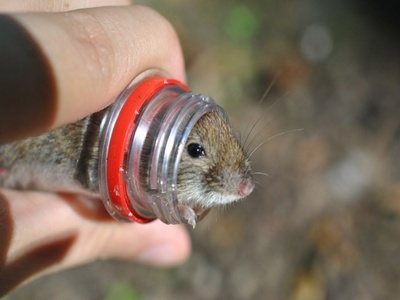

There is another advantage of homemade mousetraps. You can alternate designs, deceiving uninvited "tenants".
Unlike poisonous drugs, the use of mousetraps rarely leads to the death of rodents, which will certainly please humane owners - after the capture, it remains only to carry the enemy away from home and release.
The last plus of using homemade products is that it is completely safe for the residents of the room and will not harm even kids.
DIY mouse traps: materials and principle of work
You can even make a mousetrap with your own hands from the garbage that is thrown away. It only takes a little ingenuity and creativity.
Too lazy to make a mousetrap yourself?
Read on for our roundup of the very best ultrasonic mouse and rat repellents. Rating of the five best models with owner reviews.
Most homemade mousetrap models use the same principles and techniques. Depending on how to make a mouse trap, according to the principle of operation of most models, they should be divided into two categories:
- Gravitational;
- Spring loaded.
In the first case, the trap is triggered due to a change in the stability of the system, after the rodent enters the control zone (example No. 3) or its activity in a prepared place (examples No. 1 and 4).
Spring models use the elastic energy of the working fluid (example No. 3). Moreover, the spring, in this context, is a collective name. A lever with a counterweight can also act as an elastic energy accumulator.
The homemade mousetrap models described below show both types of designs.
What to do with a caught rodent
The question often arises of what to do with the captured mouse. If the animal remains intact and undamaged, it would be most humane to carry the captive into its natural habitat. In the event that he has damage, it is advisable to feed him to cats or take him to a garbage dump. Particularly compassionate persons before disposal can first put a mouse to sleep in an apartment or house, for example, by feeding it with poison. If a decision is made - to leave the gray pest as a pet, it should be taken for examination to a veterinary clinic and only after the conclusion that it is healthy, equip new housing for it.
Important!
Whatever manipulations are done with the caught animal, it is necessary to do it with gloves, since it cannot be ruled out that the mouse is a carrier of various diseases or simply be rabid. The room in which she was located must be thoroughly disinfected.
The forums also offer more creative options for solving the fate of a captive animal: feed and eat, flush into the toilet, add to the mother-in-law.
DIY mousetrap from a plastic bottle
A DIY plastic bottle mousetrap is extremely simple and effective. And most importantly, it's absolutely free.
To make it, you will need a PET bottle with a volume of more than 2 liters. Less volumetric capacity can make it difficult for the trap to trigger, due to too little room for the victim to maneuver.
Step 1
The bottle is cut into two unequal pieces. The height of the bottom is ⅓, and the height of the upper part is ⅔ of the total length.
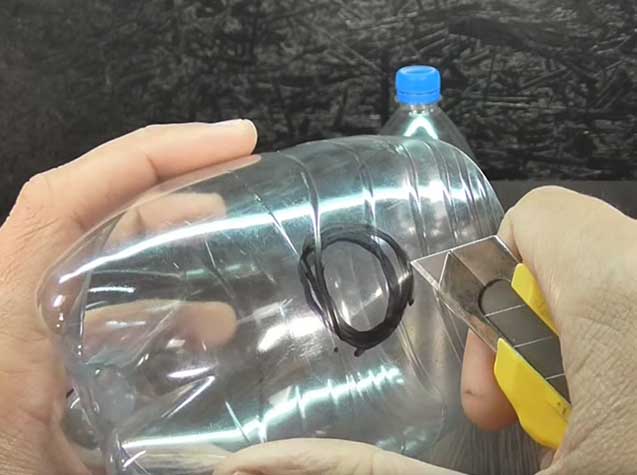

In the lower part, at a distance of 4-5 cm from the bottom, a round hole is cut out, with a diameter of a 5-ruble coin.
Step 2
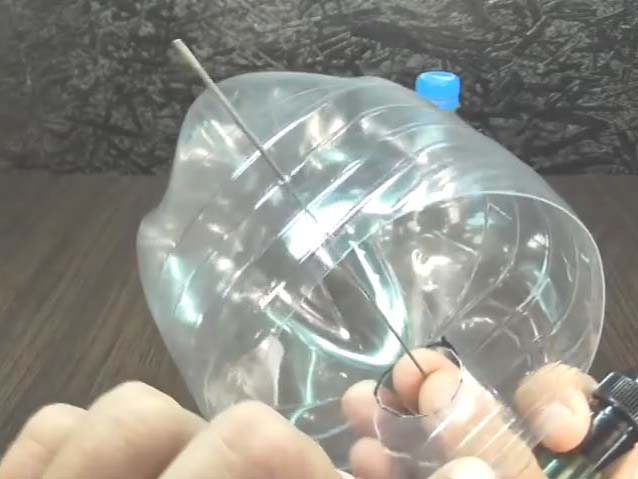

Opposite the entrance, with the help of a wire, a puncture is made.
Step 3
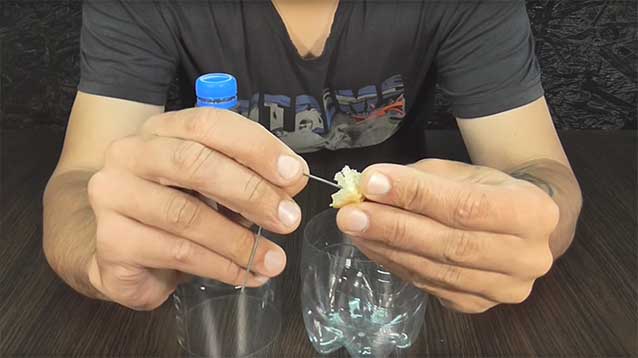

We bend the L-shaped gate from the wire.
Step 4
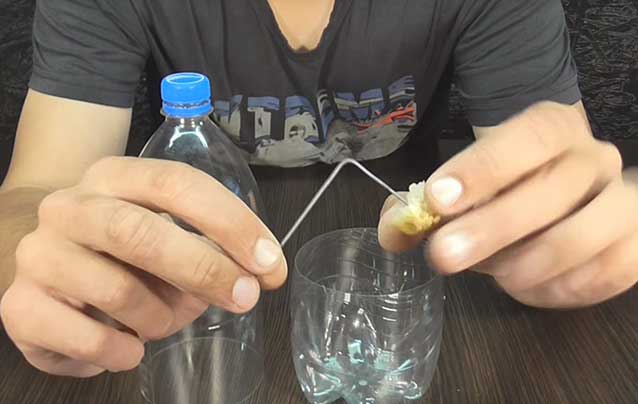

We put the bait on the gatehouse.
Step 5
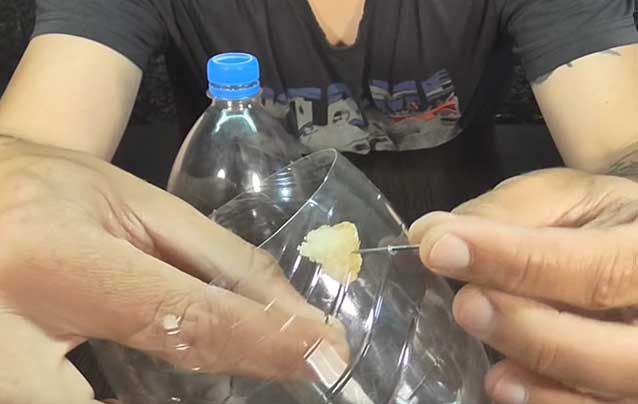

We insert the baited gatehouse into the puncture and lower the upper part of the bottle inside.
Step 6
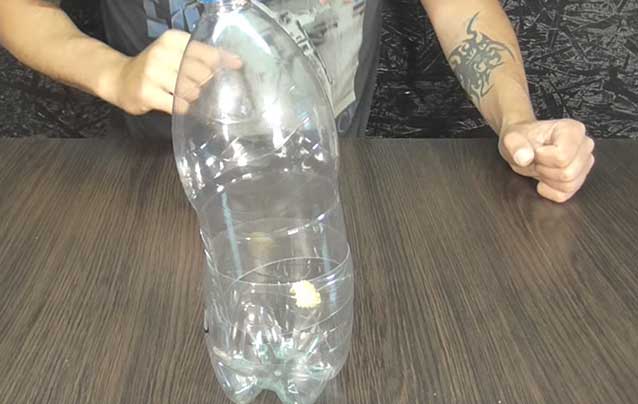

The baited wire is pushed into the bottle so that the smallest tip sticks out.
A mousetrap from a plastic bottle is triggered if the mouse, having climbed through the hole inside the trap, becomes interested in the bait and starts pulling it. The holding tip of the wire will move, and the top of the bottle will drop down, blocking the exit for the rodent.
TIP: Do not screw the cap on the bottle completely. In this case, the moving part of the bottle will descend faster due to the lack of compression effect. But you cannot completely remove the cover. Since the animal is locked inside, it can dump the bottle and get out through the neck.
Making a mousetrap from a plastic bottle by video
Adhesive structures
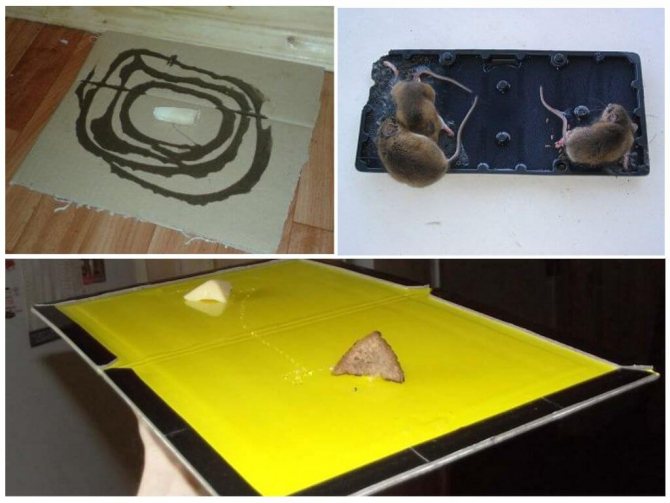

Glue traps
To make a mousetrap, you will need small cardboard squares, sheets, each side of at least 5 cm. For the base, construction residues can be used - drywall, MDF panels, fiberboard, chipboard. The second necessary component is glue. You can make it with your own hands according to the following recipe: mix rosin, petroleum jelly, pine resin and bitumen var. If there is no desire to prepare the glue mass on your own, then the simplest way is to purchase a special glue for rodents in a specialized department.
The further construction of the trap is outrageously simple. Glue is dotted onto the workpiece. A fragrant bait is placed in the center. The mouse is firmly fixed to the glue mass. The only drawback of such structures is the heart-rending squeak of the caught pest.
To get rid of mice in a private house or apartment, a house mousetrap is often used. A cardboard frame is made. The interior walls are covered with rodent glue and a traditional mouse treat in the middle. This design eliminates the risk of moving the animal smeared with glue around the room.
How to make a mouse trap from a jar
For this trap, you only need a glass jar with a capacity of 3 liters or more, and a special bait. A mousetrap from a can will function flawlessly precisely when using a certain filler - husk (husk from sunflower seeds).
TIP: For their best appeal, it is recommended to sprinkle them with scented sunflower oil.
In a practical sense, you don't have to do anything. It is necessary to fill the husk into the jar with a layer of 3-5 cm and attach a plate to the neck, along which the rodent can quickly get to the source of the smell.
Once inside the can, the mouse can no longer get out. And it is the husk that helps to keep it there!
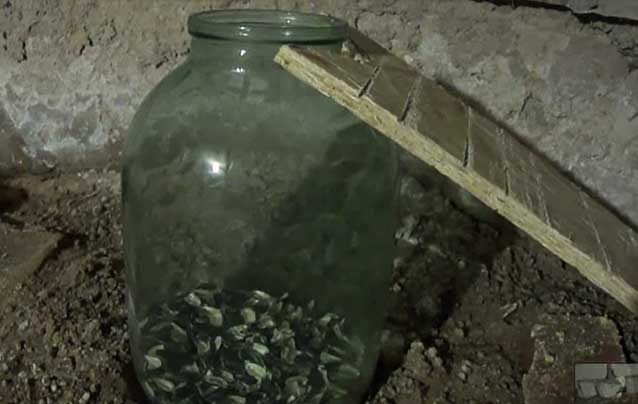

Mice jump high enough. But for a good jump, it takes a powerful push from a solid foundation. The seed husk layer is very loose and mobile. It is impossible not only to push off from it, it is not even possible to resist on it. A rodent, with the slightest movement, will fail.
This design has its advantages:
- The husk does not deteriorate;
- Mice do not eat it;
- The product does not require cocking and can function without maintenance for some time (the duration depends on the abundance of rodents);
- Efficiency is maintained even at negative temperatures.
The can trap is convenient to use in the cellar.
Disposable traps
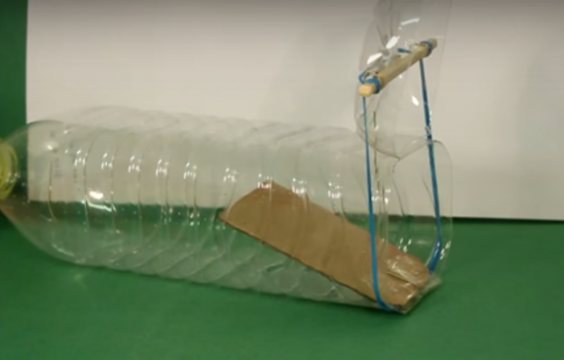

The disposable mousetrap must be recharged after each capture of the animal. It is made from materials that are always at hand. Plastic bottles, a rope with a loop, a bowl, a bucket, different types of noose - everything is useful for this purpose. You will need an awl and scissors as tools.
The simplest design is a slam-lid trap. To make it you will need:
- a jar with a volume of 0.5 to 1 liter or a plastic cup;
- nut or coin;
- rope;
- bait.
A bait is tied to a nut or a coin on a short rope. The coin is placed on the edge, and on it is a cup, which should rest against the edge of the coin. When the mouse crawls under the cup and begins to eat the bait, the rope twitches, and the cup falls and prevents the rodent from escaping.
Homemade mouse trap from a bucket of water
The design of the water bucket trap stands out from all other models in that it can be left without maintenance for several months. And with a small upgrade, it will function even during severe winter frosts.
The main part of this trap is a wire frame with a movable plastic panel ladder that easily rotates inside the structure.
The dimensions of the frame will depend on the diameter of the bucket. So:
Step 1
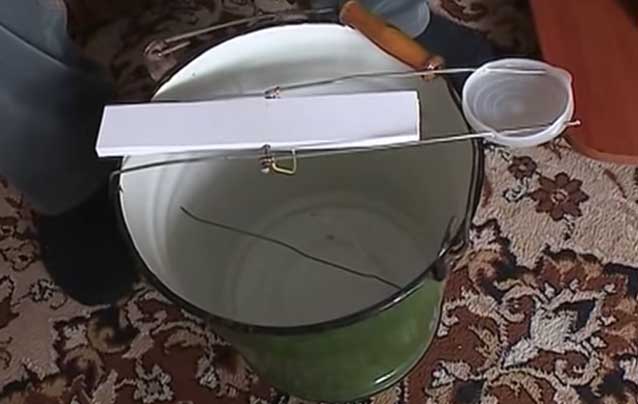

Bend an elongated U-shaped frame 5 cm wide out of aluminum wire, the length of which will be 12-15 cm longer than the diameter of the bucket. Bend the closed end of the frame at an angle of 90˚. He will fix the structure.
Step 2
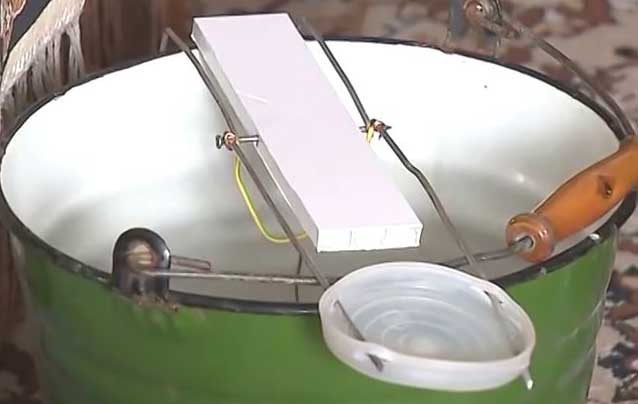

Make a circular loop with each of the open ends of the frame around the nail. The retaining loops should be approximately in the middle of the wire stock.
Step 3
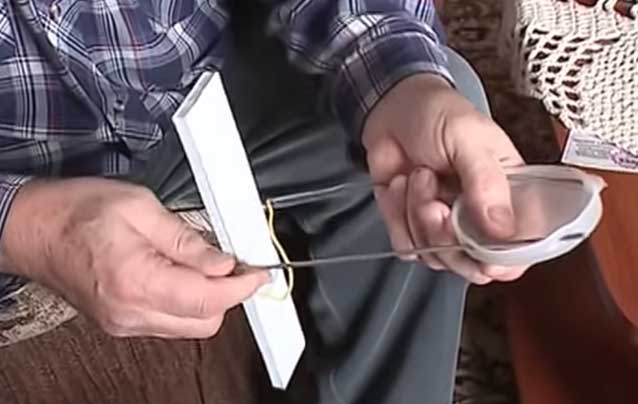

Cut a small piece of material from the plastic panel with a construction knife, so that its width is 1 cm narrower than the opening of the wire frame. Having retreated 1-1.5 cm from the middle, drill (or pierce with a heated nail) a through hole in the plastic ladder.
Step 4
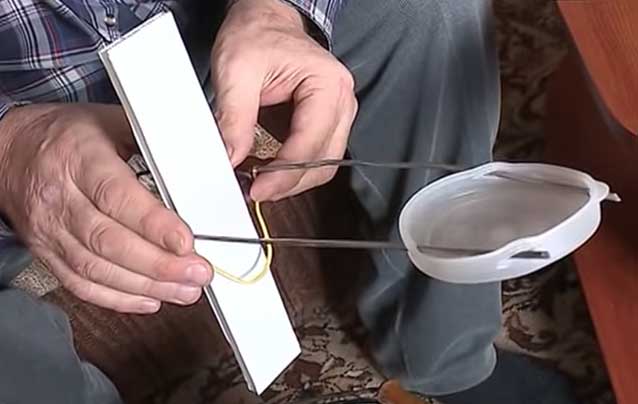

Insert a nail through the hole through the wire loops.
Step 5
On the open ends of the frame, place a plastic jar lid. There will be bait in it. Pour water into a bucket, in a layer of 3-5 cm and place the wire frame on top.
The water bucket trap is ready to go.
To be effective, place a small pad on the bucket so that the mouse can reach the frame from the desired side. Moving along the plastic ladder from the plate to the source of the aroma, the mouse reaches the axis of rotation. As soon as it overcomes it, the center of mass shifts, and the rodent falls into the bucket.
It is convenient to leave such a mousetrap inside the country house for the whole winter. But a small upgrade is required! Instead of water, you need to fill in oil. It does not freeze in the most severe frosts and mice will not be able to jump out.
TIP: oil can be any, provided that its smell will not overpower the aroma of the bait. Ideally, it is good to fill the bucket with used vegetable oil, which was used for deep-frying.
The choice of bait - how to treat rodents
When asked what bait for mice in a mousetrap is best, most inexperienced owners of a rodent-infested apartment will yell with confidence - "Cheese!" ... and this is the wrong answer! Only in anecdotes and fairy tales are rodents seduced by dairy products, in fact, they are attracted by completely different delicacies.
You can try to lure mice with this treat:


- salted or smoked bacon (the most successful option, practically trouble-free);
- a piece of bread soaked in vegetable oil (sesame oil is especially attractive for mice);
- any baked goods;
- cereals (for a greater effect, the grains can be treated with poisonous substances - even if the rodent manages not to fall into the trap, it will surely die after the meal);
- fresh or boiled meat (in the absence of meat, you can use sausage, but you should not count on the effectiveness of the bait - a product with suspicious components will not cause much delight in mice).
Pumpkin seeds are very popular when capturing rodents, but you should first dry them thoroughly.
DIY mousetrap made of wood
This wooden mousetrap is made by hand in just 15-20 minutes, but this model is the most complex. In it, you can install several traps at once, which will be located on one bar.
Dimensions will be for one trap. If you want to increase their number, then simply lengthen the bar several times.
Step 1
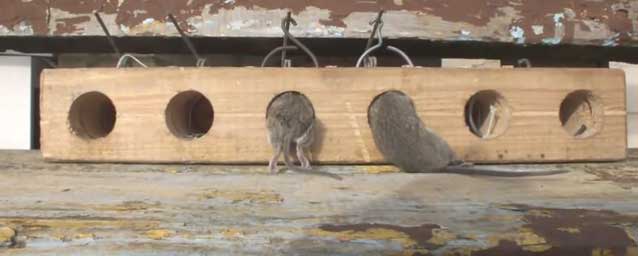

A block with a cross section of 5 x 10 cm, drilled to a depth of 8 cm, with a ø25 mm feather drill.
Step 2
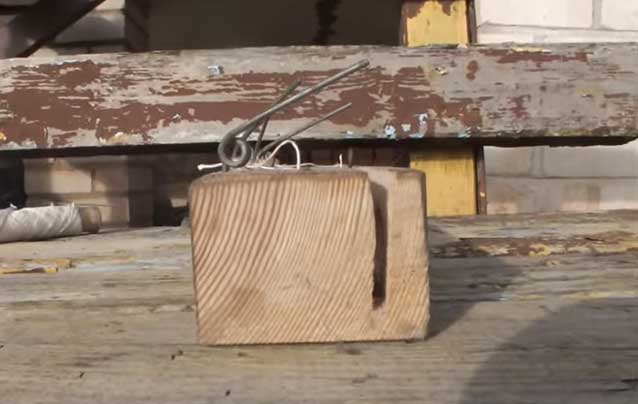

This hole will be conventionally called "mink". A cut is made along the bar, 3-4 mm wide.
Step 3
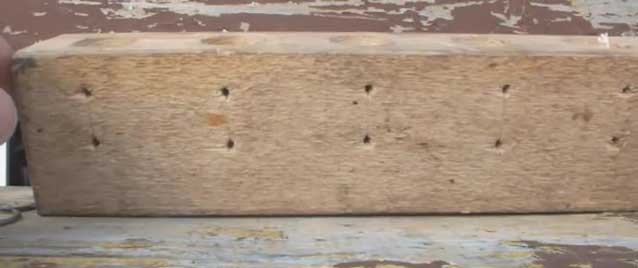

Three thin holes are drilled, 2-3 mm in diameter, which should be located perpendicular to the "mink" axis. In this case, the first hole is located in the longitudinal cut. The second hole is made approximately in the middle of the "mink" length. The third hole is made outside the "hole".
Step 4
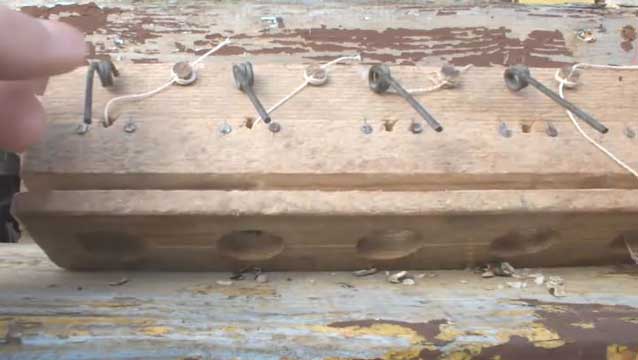

A ring with an eyelet is made from an iron wire, with a diameter of ≈ 3 cm. From an elastic steel wire, wind a three-turn spring. The free ends of the spring should be 8-10 cm long.
Step 5
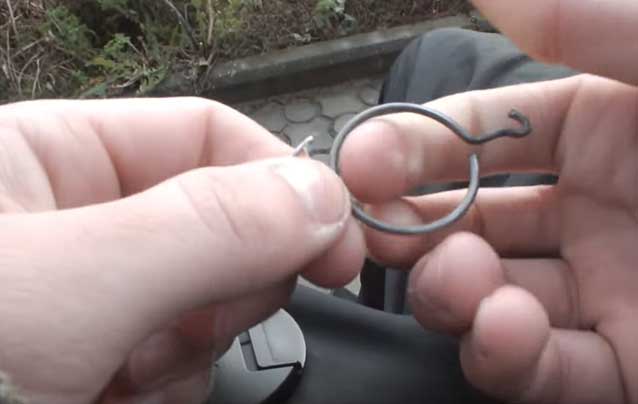

Twist a three-coil spring from an elastic steel wire. The free ends of the spring should be 8-10 cm long. Opposite the ear, a stern thread is tied to the ring. For convenience, thread the free end of the thread into a boot (gypsy) needle.
Step 6
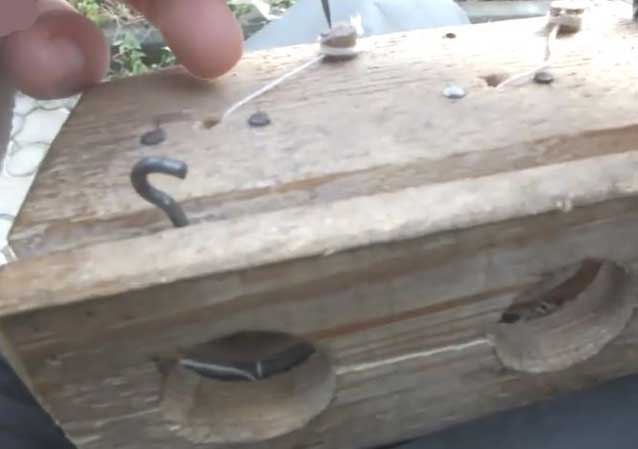

The thread is sequentially threaded first into the first hole (through the cut). Then, from the bottom into the second hole and the free end, they are fixed with a stretch by the pin. Pay attention, the ring should sink into the cut, so as not to reduce the clearance of the "hole".
Step 7
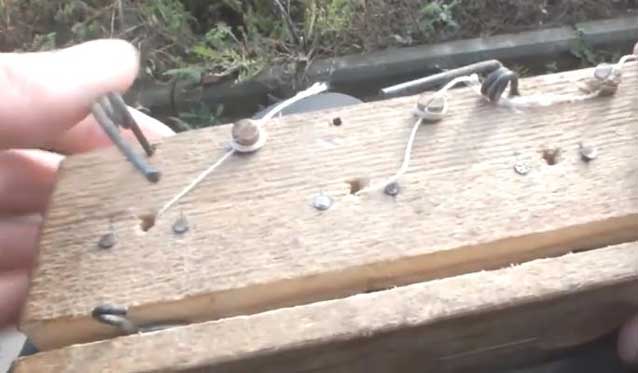

The spring is inserted with one end into the third hole, and its other end is threaded over the ring ear.
Step 8
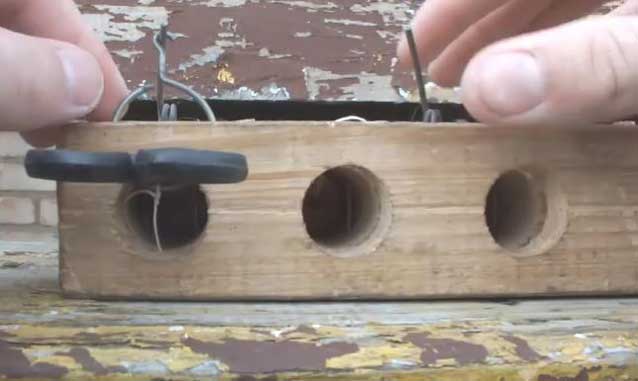

Several sunflower seeds are poured inside the "mink". A hand-made wooden mousetrap is ready for work and is in a cocked state.
The principle of its operation is as follows. The mouse crawls into the "hole", smelling the smell of seeds. But her way is blocked by a thread that keeps the ring stretched by a spring. The mouse easily gnaws at the thread, and is immediately pinned down by the ring.
We make a trap for mice out of wood by video
Preventive actions
To say goodbye to rodents forever, you need to revise your habits, introduce new rules into life. Ignoring preventive measures will lead to the reappearance of mice in your apartment. There are very simple recommendations to protect against rodent invasion:
- stocks - store cereals, sugar in special containers, or better in glass containers;
- aromas - put onion peels, chunks of garlic, laurel leaves on the shelves in cabinets, which can ward off mice;
- audit - regularly inspect stocks for the presence of various pests and black lumps that characterize the appearance of uninvited guests;
- garbage collection - regularly take waste out of the house, and always close the trash bin with a lid;
- "Friends" - get a cat in the house, and if you live in a private house, then hang a birdhouse that attracts birds of prey feeding on rodents to your site.
Rodents do not like order, they bypass those houses in which there is no trash, and food leftovers do not remain on the tables. Therefore, in order not to wage a cruel and merciless war, regularly clean your house.
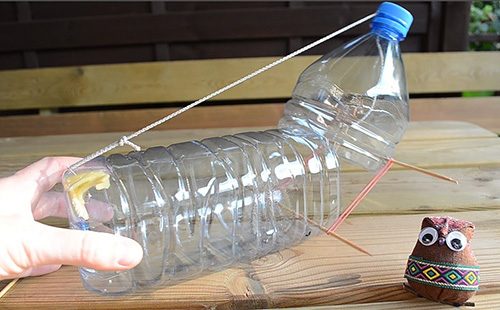

Types of mousetraps and their principle of action
The mousetrap is an automatic device for catching small rodents.To attract pests, bait is put in it. Trying to reach it, the mouse touches the lever, drops the load, overturns the support, or activates another trigger, trapped.
There are the following types of mousetraps:
- Classic - a device made of a lever and a spring with an attached steel bow. When the rodent tries to take the bait, the trap activates and hits it. Death comes from fractures and internal injuries. Some mousetraps are equipped with teeth or spikes to increase lethality. Mechanisms are prone to false positives, and nimble rodents sometimes reach for the bait and bounce off without getting hurt.
- Cell. Closed design with an automatically closing door. The bait is placed on the opposite side from the entrance. Once inside, the pest closes the trap and is locked. The mousetrap leaves the animal unharmed.
- Nora. It looks like a tunnel with a hole leading upwards, behind which lies the bait. Sensing its smell, the pest climbs inside, but stumbles upon a thread through which it cannot crawl. Gnawing the rope, the animal activates the spring, and the stranglehold is tightened around its body.
- Glue trap. A surface covered with a sticky substance. A rodent treat is placed in the center. Reaching it, the mouse sticks and gets confused. The disadvantage of a mousetrap is that the pest dies for a long time.
- Capacity. It consists of a high (otherwise the animal will get out) cylinder and a bridge, at the end of which the bait lies. Having reached its center, the rodent tilts the surface and slides down.
- Trap. Design reminiscent of the mouth of a predator. Inside there is a lever, pressing on which slams it. The trap has a high lethality and, when triggered, injures a person or a pet.
We suggest that you familiarize yourself with: How to distinguish acne from demodicosis
Modern means of fighting mice include electric mouse traps.
Reusable traps return to their original position after being triggered. Arguing which mousetrap is more effective, most people single out them as the best option. These traps can catch a large number of rodents at a time and do not need to be replaced. But they need to be periodically (at least once a week) cleaned of corpses, washed, and the bait replaced.
Hive
This mousetrap really looks like a bee hive - hence the name. On a small wooden block, a strong wire "brace" is installed with a spring mechanism on one side and a ring on the other. The spring is compressed and fixed, fixing a stern thread in the inner part of the bar.
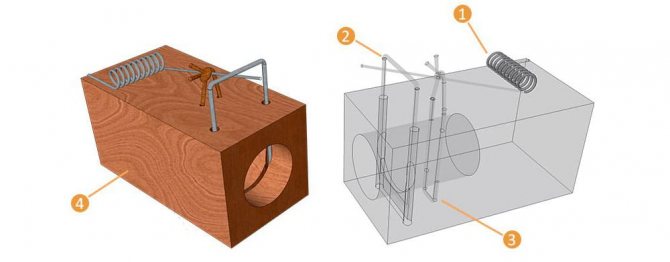

Making its way to the far part of the manhole, where the fragrant bait lies, the rodent encounters an obstacle in the form of a thread. The mouse gnaws at it, the spring straightens - and the little pest has no chance of salvation. If you plan to deal with an entire brigade of mice in one fell swoop, prepare a multi-chamber system from a thick board trim.
Advice! If you do not plan to kill the animal, use a small tin door instead of a wire loop, which will fall along the grooves cut through the inside of the chamber, locking the animal. The bar in this case should be longer than in the previous "lethal" version.


